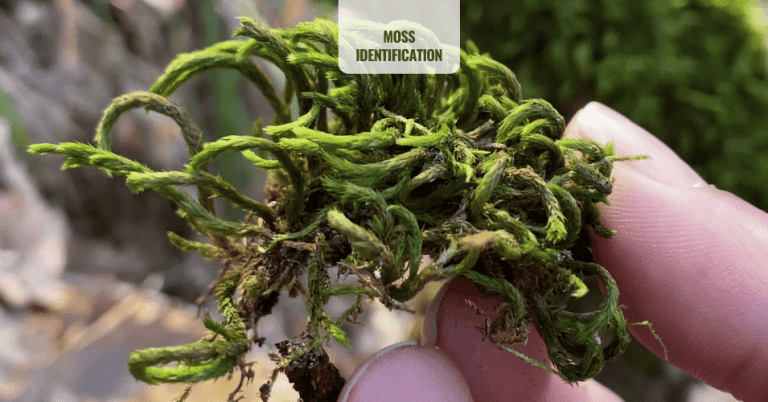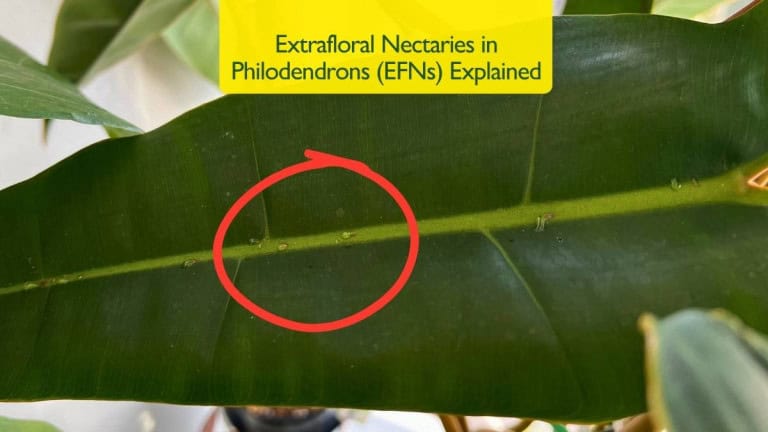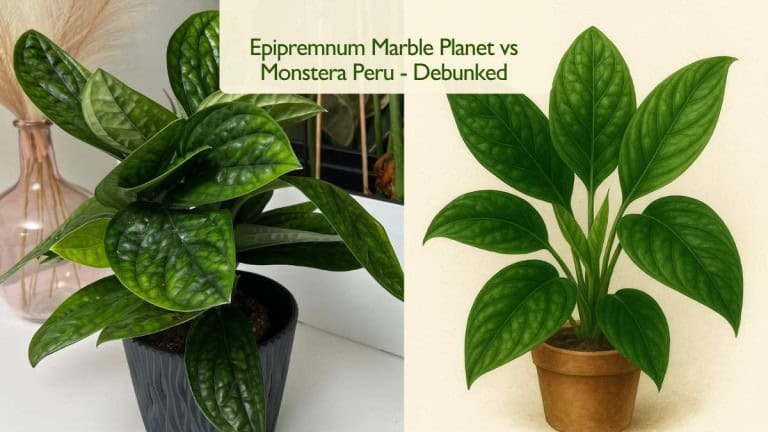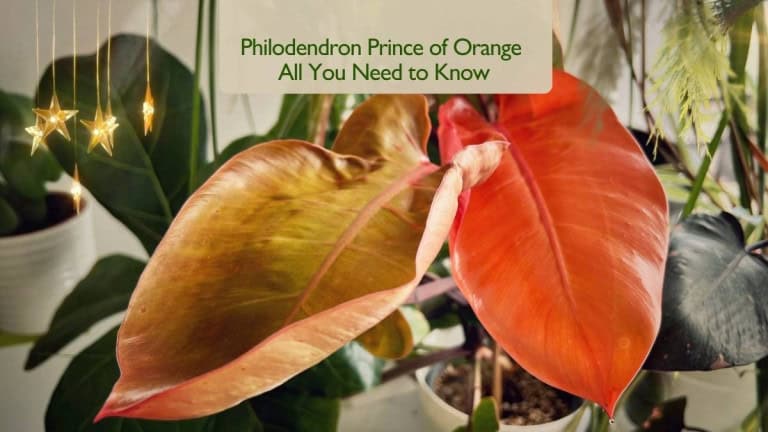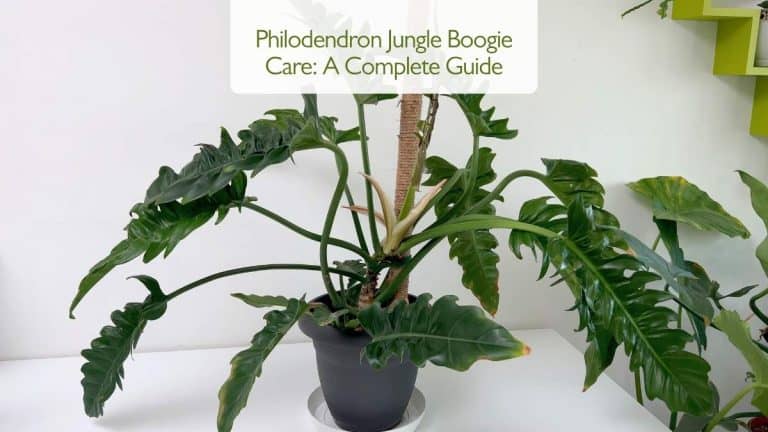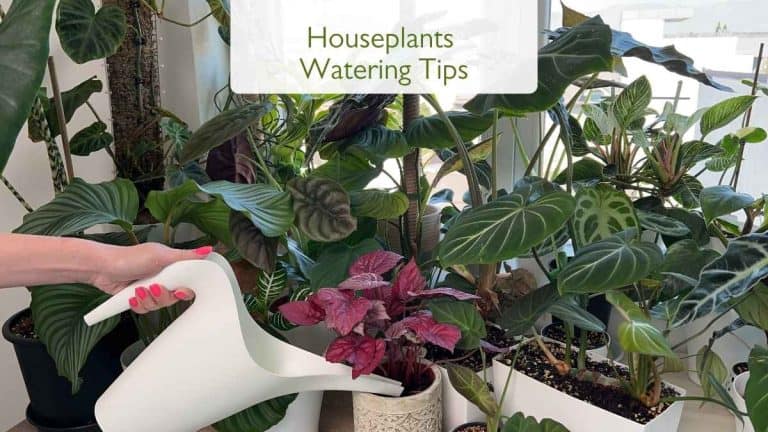Moss Identification Guide: Discover and Recognize Common Moss Types
Mosses are fascinating, resilient, and beautiful non-vascular plants that play essential roles in many ecosystems. Whether you’re a gardener, terrarium enthusiast, or nature lover, understanding how to identify different moss species is key to appreciating their value and utilizing them effectively. This moss identification guide provides in-depth insights into common moss types, their habitats, characteristics, and practical uses.
What Is Moss? An Introduction to Moss Identification
Mosses belong to a group of small plants that lack true roots and vascular tissue, thriving in moist and shaded environments. They reproduce via spores and often form dense mats or cushions on soil, rocks, and tree trunks. This moss identification guide is your starting point for learning how mosses differ in appearance, texture, and growth habits, enabling you to identify and select the right moss species for your needs.
Understanding Moss Structure: Key Features in Moss Identification
Successful moss identification relies on observing certain plant structures and features:
- Leaves: Moss leaves vary in shape, size, and arrangement. Some have needle-like leaves while others display broad or rounded leaves.
- Growth Form: Mosses can be acrocarpous (upright growth with terminal sporophytes) or pleurocarpous (creeping growth with lateral sporophytes).
- Color: Mosses range in color from bright green to yellow-green, brown, or even reddish hues depending on species and environment.
- Reproductive Structures: Spores develop in capsules borne on stalks called setae; their presence and shape assist in species identification.
Common Moss Species in This Moss Identification Guide
Ribbed Bog Moss (Aulacomnium palustre)
Often found in bogs and wetlands, Ribbed Bog Moss forms loose or dense clumps. It exhibits a greenish-yellow upper surface with brown lower stems. It’s distinguishable by the ribbed texture on its leaves, a helpful feature covered in this moss identification guide.
Star Moss (Tortula ruralis)
This moss’s star-shaped leaf arrangement is unmistakable. Star Moss can survive long drought periods by going dormant, making it a remarkable species to learn.
Pointed Spear Moss (Calliergonella cuspidata)
Recognizable by its pointed leaves and clustered growth, this moss thrives in moist forest floors. Its reddish stem bases and greenish-yellow coloration are key markers explained in this guide.
Pincushion Moss (Leucobryum glaucum)
Pincushion Moss is named for its dense, cushion-like formations. This moss is popular in gardens and terrariums due to its soft texture and pale green appearance, featured prominently in the moss identification guide.
Shiny Seductive Moss (Entodon seductrix)
Known for its glossy ovate leaves, this moss spreads horizontally, creating feathery mats. Its delicate appearance contrasts with other mosses.
Additional Noteworthy Mosses in the Moss Identification Guide

Spoon-Leaved Moss (Bryoandersonia illecebra): Large, creeping moss with shiny green branches.
Big Shaggy Moss (Rhytidiadelphus triquetrus): Common in northern forests, known for loose, irregular growth.
Plume Moss (Ptilium crista-castrensis): Named for its plume-like fronds, often found in coniferous forests.
Why Moss Identification Matters: Benefits and Uses?
Learning moss identification is more than a hobby. Mosses:
- Enhance Garden Aesthetics: Their rich textures and colors add visual interest to garden beds and terrariums.
- Improve Soil Health: Moss mats prevent erosion and help retain moisture.
- Promote Biodiversity: Mosses provide habitat for microfauna and improve ecosystem resilience.
- Aid in Environmental Monitoring: Sensitive to pollution and moisture changes, mosses serve as bioindicators.
My guide aims to help you harness these benefits by choosing the right moss species for your environment.
Cultivating Moss: Tips From the Moss Identification Guide
Once you identify moss suitable for your needs, growing and maintaining it requires specific conditions:
- Moisture: Most mosses prefer high humidity and consistently damp substrates.
- Light: Indirect light or shade is ideal; direct sun can dry moss out.
- Substrate: Rocks, compact soil, or bark can all serve as moss beds depending on species.
- Protection: Avoid foot traffic or disturbance to let moss mats establish.
If you want to learn how to revive dried moss, check out my article, right away!
For a more detailed and understandable guide you can always watch my You Tube video down below:
Explore More Music for Your Plants & Stay Connected!
Check out my Playlist: Music for Plants and find the perfect tunes to help your plants and yourself thrive.
Don’t forget to visit my YouTube Channel Plant House & Garden and subscribe — your support means the world to me!
Connect with me on social media for more plant care tips and music updates: Instagram | Facebook | X | Pinterest | Reddit | TikTok
Love plants? Love music? Don’t miss out on new updates — hit subscribe and follow now to keep your plants happy and your space vibrant!

